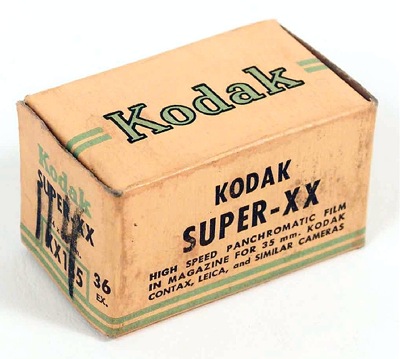 [Editor’s Note: This post appears on the 75th anniversary of D-Day, and marks the 5th anniversary of the launching of this investigation. For the occasion, I thought it appropriate to foreground the collaborative nature of this project, to which photojournalist J. Ross Baughman, photo historian Rob McElroy, and combat veteran and amateur military historian Charles Herrick have all made invaluable contributions.
[Editor’s Note: This post appears on the 75th anniversary of D-Day, and marks the 5th anniversary of the launching of this investigation. For the occasion, I thought it appropriate to foreground the collaborative nature of this project, to which photojournalist J. Ross Baughman, photo historian Rob McElroy, and combat veteran and amateur military historian Charles Herrick have all made invaluable contributions.
Herrick’s crucial earlier posts in this series corrected 70 years’ worth of miscaptioning of one of Robert Capa’s ten D-Day photographs from Omaha Beach, and pinpointed the exact location and approximate time at which he landed on the Easy Red sector with a later wave.
In this new article, Herrick, at my request, performs a deep dive into the military records in order to “follow the film” — that is, to detail the logistical steps by which Capa’s D-Day negatives moved through the system from the moment Capa re-boarded the USS Samuel Chase after leaving Easy Red until the moment they got delivered to John Morris at LIFE‘s London office on the night of June 7, 1944.
Bits and pieces of the journey these films made have appeared in previous posts by Herrick and myself, but never connected as a coherent narrative. We believe that tracking them all the way from the beach to Morris’s hands sheds considerable new light on the situation, and on the myth.
Part 1 appears below; click here for Part 2. — A.D.C.]
•
Follow the Film
by Charles Herrick
The Capa D-Day saga is normally viewed in the context of his employment with LIFE magazine, but that is somewhat misleading. Capa was, in a very real sense, working for SHAEF, with LIFE‘s interests temporarily being a secondary consideration. [Editor’s note: Supreme Headquarters Allied Expeditionary Force — SHAEF — was the headquarters of the Commander of Allied forces in north west Europe, from late 1943 until the end of World War II, under the command of U.S. General Dwight D. Eisenhower. — A.D.C.]
Capa was one of three civilian photographers serving in the still-photography pool accompanying the U.S. ground forces. He was sent where SHAEF wanted him to go, to cover the story SHAEF wanted him to cover. And his job was to provide photos of the initial landings and return them to London as fast as possible in order to make the deadline for the stateside daily papers — not LIFE magazine. During the “pooling” period, scheduled to last two or three weeks after D-Day, news agencies would not be allowed to send photographers ashore simply to serve their individual corporate interests. There were far too few photographer slots to permit that.
So LIFE offered up Capa and staff photographer Bob Landry to the U.S. ground forces’ still-photo pool in order to get its foot in the door. Although the dailies would immediately print a few of the choicest shots, Capa and Landry would produce more pictures than the dailies could possibly use, and LIFE could then use these for large photo spreads in its weekly-magazine format, whose reproduction quality would improve considerably on what newsprint could achieve. It was a trade-off the magazine was more than willing to accept.[1]
•
The question of whose instructions he was following would hardly have bothered Capa. He was there for the scoop, to get the first pictures of the landings to hit the wires. It was a competition, and reputation and fame were on the line. Pictures published in a LIFE issue dated 13 days after D-Day (even if available on newsstands on June 12) might make his employers very happy, but were not the things scoops were made of. In this respect, Capa’s interests coincided much more with SHAEF’s than LIFE‘s. And so it was that, on D-Day, Capa was there at SHAEF’s behest.
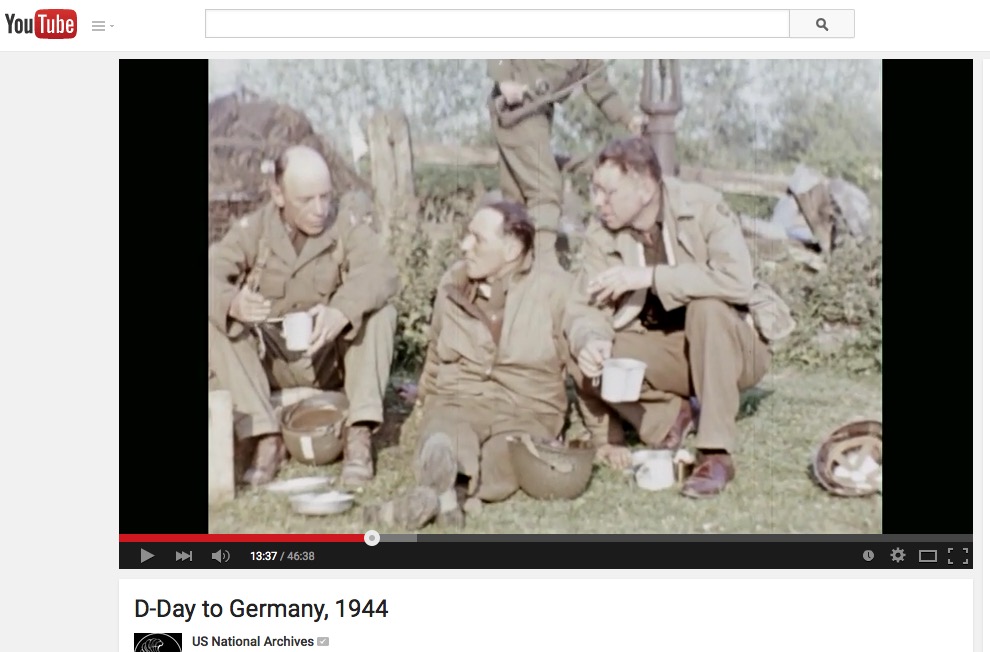
Bob Landry (r), with shoes, Sainte-Mère-Église, as seen in Jack Lieb’s film, “D-Day to Germany, 1944.”
Of the four men originally in the still-photo pool accompanying the ground forces, one had dropped out, replaced by broadcast (radio) journalist John MacVane. A second, LIFE‘s Landry, apparently was slotted late in the D-Day landings, and seems never to have been in the running for getting the first film from the invasion back to London. Whatever photos he made on D-Day never turned up, legend having it that a hapless courier dropped overboard a duffel bag containing his film and other press materials while transporting it from Utah Beach. [Editor’s note: Click here for my exchange with Landry’s widow, Doreen Landry Millichip, regarding his D-Day experiences. — A.D.C.]
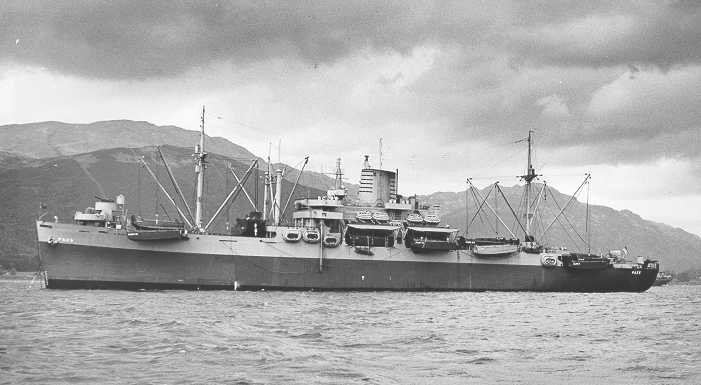
U.S.S. Samuel Chase at anchor, date and location unknown, courtesy U.S. Coast Guard Historian’s Office
So the SHAEF Public Relations Division’s hopes were pinned on just two photographers: Robert Capa and Bert Brandt (the latter working for Acme Photos). The two men had parallel assignments, each accompanying one of the two assault regiments for Omaha Beach. Capa’s transport (USS Samuel Chase, APA-26) carried the support battalion for the 16th Regimental Combat Team, slated for the eastern half of Omaha Beach. Brandt’s transport (USS Charles Carroll, APA-28) carried the support battalion for the 116th Regimental Combat Team, slated for the western half of Omaha Beach. Their transports also carried the rear echelon of their respective regiments’ command posts, and the advanced command post for their respective divisions (in Brandt’s case, the 29th Infantry Division, whose 116th RCT was attached to the 1st Division for the assault).[2]
And both men badly wanted to return the first film of the invasion, not just because it was their still-photo pool assignment, but for the scoop it would represent.
•
By the time Capa decided to flee the Easy Red sector of Omaha Beach, shortly before 0900 hours, he was probably motivated by more than simple cowardice, as he claimed disingenuously in his 1947 memoir Slightly Out of Focus. As he would have ascertained on the crossing, his ride back to England, the USS Samuel Chase, had orders that called for it to start hoisting its landing craft back aboard at 1030 hours and reposition farther out to sea in preparation for joining a returning convoy. Given the specified speed for LCVPs and LCMs in the boat lanes, it was doubtful Capa would make it back to the Chase in time.
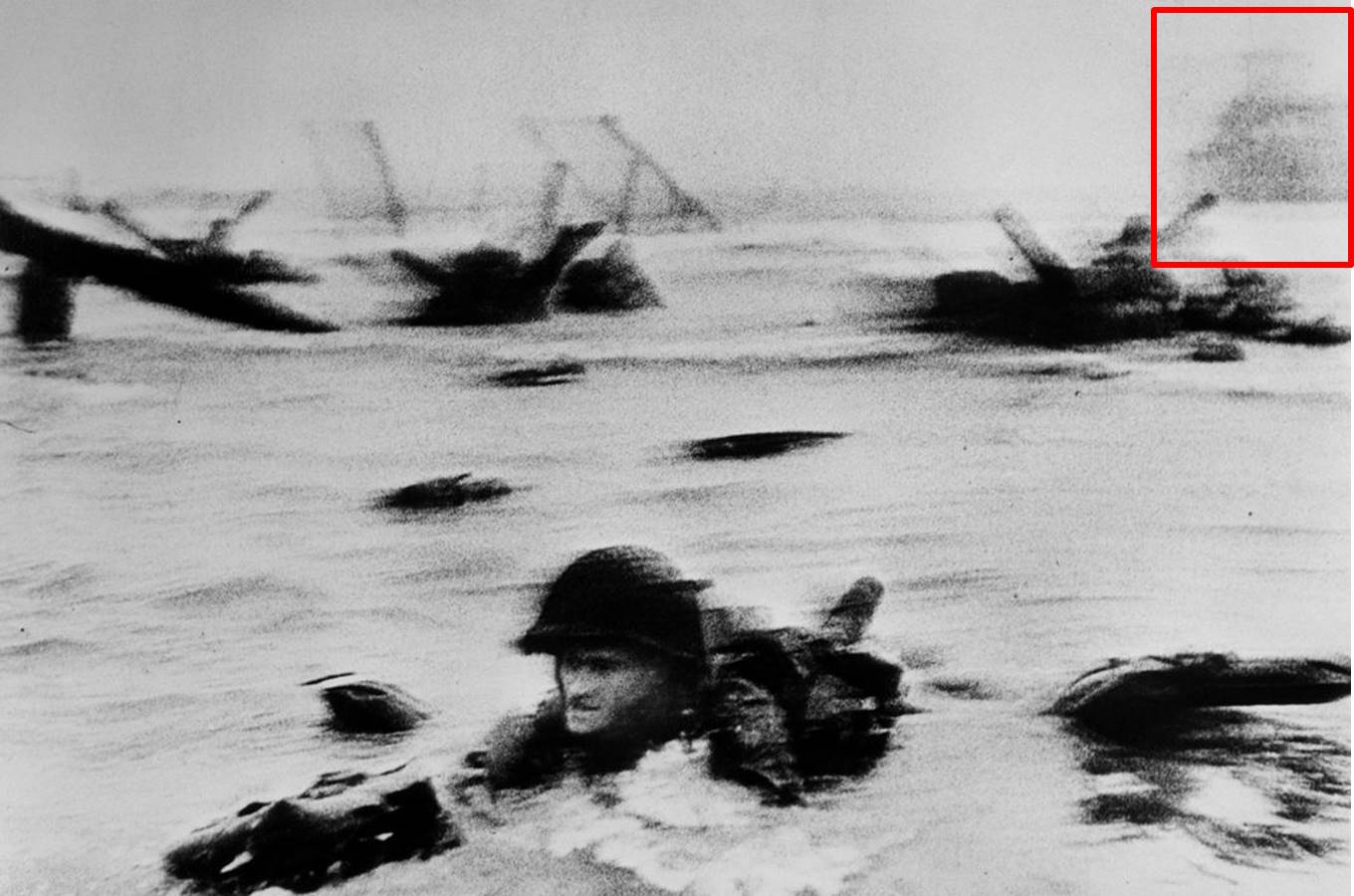
Robert Capa, “The Face in the Surf,” annotated. The outline of LCI(L)-94, on which Capa returned to the USS Samuel Chase from Omaha Beach, appears in the red rectangle on the upper right.
•
In a stroke of remarkable luck, he was able to hitch a ride on LCI(L)-94. Only two LCIs were scheduled for the 16th Regiment’s beaches up to the time Capa landed, and both should have left the beach long before. Fortunately, this particular misdirected LCI from the 116th Regiment’s sector landed within yards of Capa’s position. (It appears as a ghostly outline in the upper right-hand corner of Capa’s “The Face in the Surf,” above.) And LCIs had a faster authorized speed. But his stroke of luck proved illusory, as LCI(L)-94 limped away from the beach with only one of its propellers working and under emergency steering. It must have seemed to him that his brief boots-in-the-water moment had ruined any chance of getting the scoop.
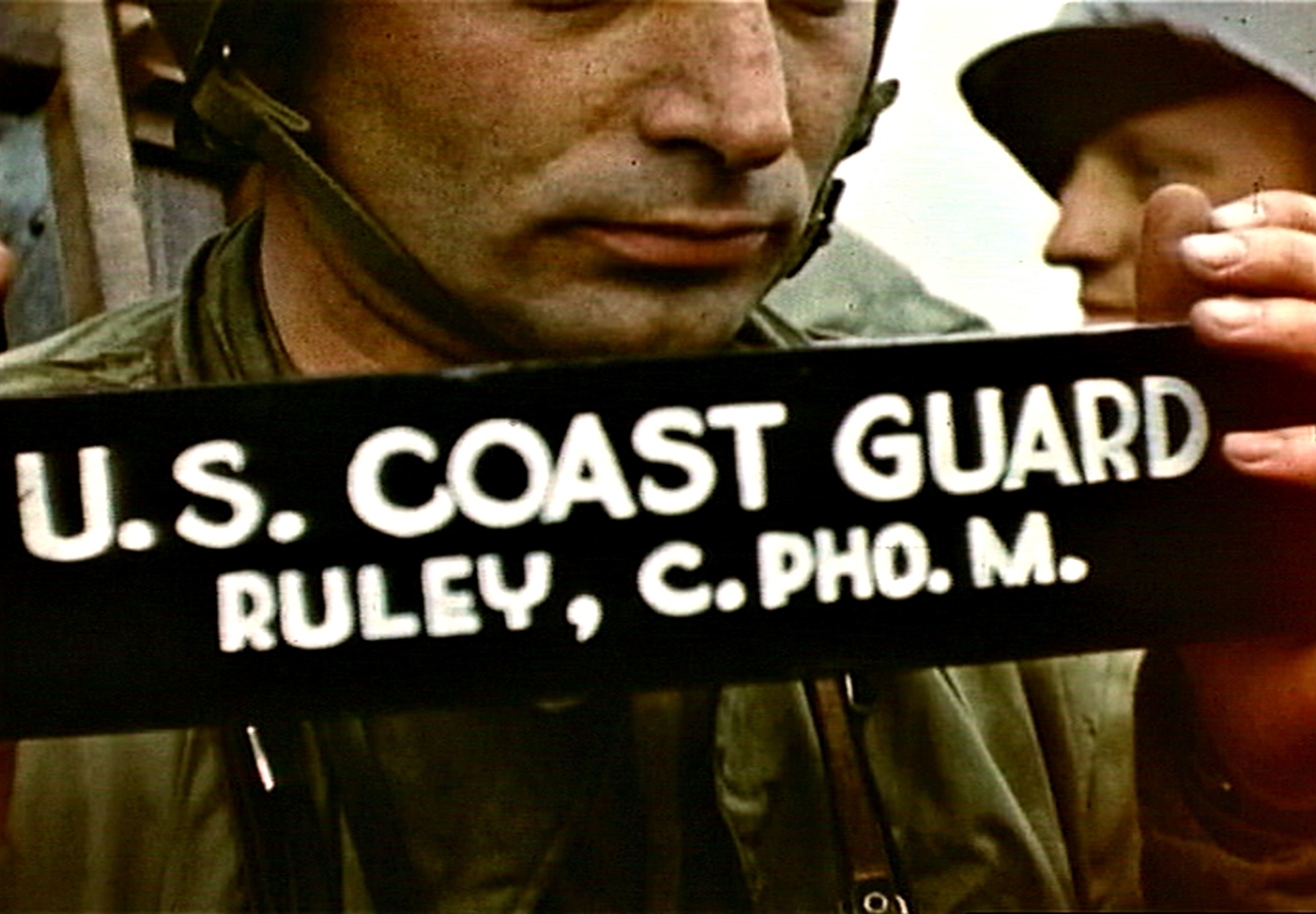
Fig. 10: Robert Capa holding cinematographer’s slate aboard LCI(L)-94, D-Day, frame from film by David T. Ruley
•
Yet the chaos that was plaguing everybody else at Omaha Beach worked in his favor. Because so few lanes had been blown through the beach obstacles by the engineers, larger landing craft were finding it difficult to beach and landing schedules were badly delayed. At noon the Chase was ordered to send all available LCVPs back to Easy Red, in order to ferry loads of troops from larger landing craft through the obstacles to the beach. As a result, the Chase did not begin recovering its boats until 1430 hours and did not weigh anchor and move to the convoy assembly area until 1815 hours.[3] Meanwhile, profiting from these delays, Capa had boarded the Chase sometime between 1030 hours and 1100 hours.[4] It must have seemed Fate had smiled on Capa once again, but Fate was only playing with him.
From this moment on, Capa was at the mercy of the Navy’s sailing orders, and they would not favor him. The USS Carroll, with Brandt safely back aboard after his own excursion on a landing craft, would sail in the same convoy as Capa’s Chase. The important difference was that the Carroll sailed earlier in the convoy, departing at 1951 hours on 6 June, while the Chase departed 15 minutes later at 2006 hours. Their arrival times in Weymouth Bay were similarly staggered, with the Carroll anchoring at 0518 hours and the Chase at 0536 hours.[5]
A small matter of 18 minutes should not have made much difference, but a number of factors conspired to exaggerate the effects. The primary evacuation for casualties was supposed to be effected by Landing Ships, Tank (LSTs)[6], which could nose onto the beach in the U.K. for easy off-loading of stretchers, unlike the transports that had to anchor in the roadstead. But in the chaos of the landings, more casualties returned on the attack transports than expected.
And that was a problem. The role of the attack transports was largely finished on D-Day; post-D-Day troop movements were the task of LSTs. So there had been little priority given to having the necessary harbor craft on hand to quickly service the returning transports, especially transports carrying unexpectedly large numbers of casualties.
As a result, it was not until 0730 hours, 7 June, that the HMS Exmay came alongside the Carroll to off-load casualties, and it did not depart for shore until 1045 hours. Such were the difficulties in ship-to-ship casualty transfers. The Exmay’s departure would have been Brandt’s first opportunity to take his film ashore to the press message center located in Nothe Fort, Weymouth.
•
It was worse for Capa. The HMS Queen Empress (Figure 1) did not pull alongside the Chase until 1045 hours, 5 hours after the Chase had anchored. It then took two full hours to transfer the 322 survivors and casualties to the Empress, which departed for shore at 1245 hours. And this would have been Capa’s first opportunity to reach the shore with his film. (The deck logs indicate that both the Exmay and the Queen Empress only made one trip each to pick up all the casualties and survivors aboard their respective transports; they weren’t offloaded in batches.)
So it was by the mere happenstance of position within the convoy that Brandt’s photos preceded Capa’s by two hours. In Slightly Out of Focus, Capa acknowledged being beaten by two hours — he could not bring himself to mention Brandt’s name — but sourly seemed to attribute Brandt’s victory to the fact that Brandt never set foot on Omaha Beach, rather than the actual cause. [Editor’s note: “Late on Tuesday night Bert Brandt of Acme Newspictures, having scarcely gotten his feet wet, returned to London with a first picture, but not a terribly exciting one, of a momentarily unopposed landing on the French coast, shot from the bow of his landing craft,” wrote John Morris in his 1997 memoir, Get the Picture. He could have said much the same about Capa and his images. He also gets the date wrong: D-Day, June 6, 1944 came on a Tuesday, and Brandt surely didn’t get back to England that night. — A.D.C.]
In Slightly Out of Focus Capa claimed that he passed off his film as soon as he stepped ashore in Weymouth, but with several convoys reaching Weymouth/Portland that morning, the two press-relations officers who manned the message center could not possibly meet all of the boats, landing craft, and ships coming ashore. We can assume that Capa delivered his film in person to the press message center at Nothe Fort in Weymouth[7] sometime between 1300 and 1400 hours, 7 June. Somewhere along the line he encountered LIFE staffer David Scherman, who photographed him looking quite dapper. (Figure 2) From there Capa found a ride back to Normandy on an LST.
•
This sequence of events partially explains the mystery of why it took 15 hours after the Chase anchored in Weymouth Bay for Capa’s film to reach LIFE‘s assistant picture editor John Morris in London. Seven to eight of those hours were consumed by the simple challenge of getting off the Chase and getting his film to the press message center. …
•
Notes:
[1] Edward K. Thompson interview in the Jozefa Stuart collection held by the International Center of Photography, which was kindly made available to the author. [Editor’s note: In the early 1960s Cornell Capa commissioned Jozefa Stuart to conduct a series of interviews, apparently toward a biography of Robert Capa that never materialized. — A.D.C.] Thompson had been an editor at LIFE before the war and would become managing editor from 1949-1960. At the time of the Normandy invasion he was a lieutenant colonel working for General Walter Bedell “Beetle” Smith, Eisenhower’s chief of staff.
[2] Appendix 3, Landing Tables, to Annex 3 Troop List, to 1st Division Field Order 35.
[3] All times for USS Chase activities are taken from the ship’s deck log for Tuesday, 6 June 1944 and Wednesday, 7 June 1944.
[4] Considering its impaired condition, 1030 hours is the earliest LCI(L)-94 could possibly have reached the Chase. The Chase’s deck log stated all cargo and troops had been offloaded by 1100 hours; Capa’s mid-morning photo showing troops boarding LCVP 26-26 proves he was back aboard the Chase by then.
[5] All times for USS Carroll activities are taken from the ship’s deck log for Tuesday, 6 June 1944 and Wednesday, 7 June 1944.
[6] Para 3.e., Annex N to Western Naval Task Force, Allied Naval Expeditionary Force, Operations Plan 2-44, dated 21 April 1944.
[7] Nothe Fort lies just a few hundred yards from the quay at which the Queen Empress would have docked; the two are separated by the Wey River channel. Even by foot or auto, the quay and the fort are less than a mile apart.
•
Text copyright © 2019 by Charles Herrick. All rights reserved.
•
(For an index of links to all posts in this series, click here.)
•
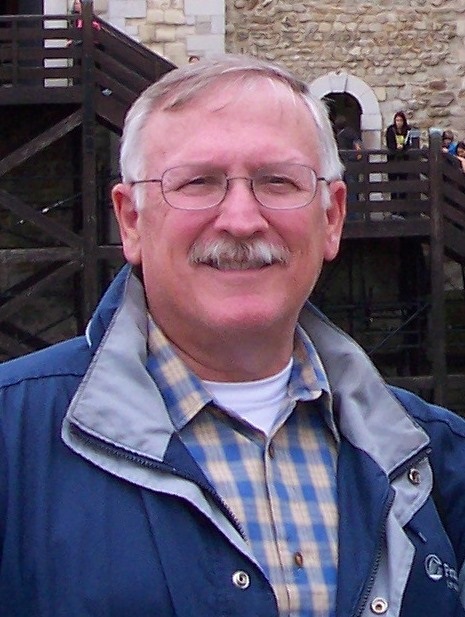 Charles Herrick joined the U.S. Army in 1970 and graduated from the U.S. Military Academy at West Point in 1974. Commissioned in the Infantry, he earned the Ranger tab and Master Parachutist’s wings. He served in a variety of positions from company grade officer to the Pentagon. He earned the Combat Infantryman’s badge while assigned as the Operations Officer of the 193rd Infantry Brigade in Panama in 1989, and later graduated from the U.S. Army War College.
Charles Herrick joined the U.S. Army in 1970 and graduated from the U.S. Military Academy at West Point in 1974. Commissioned in the Infantry, he earned the Ranger tab and Master Parachutist’s wings. He served in a variety of positions from company grade officer to the Pentagon. He earned the Combat Infantryman’s badge while assigned as the Operations Officer of the 193rd Infantry Brigade in Panama in 1989, and later graduated from the U.S. Army War College.
Since retiring from the Army in 1996, Herrick has continued to work on defense issues as a contractor in East Asia, Latin America, the Balkans, Africa and Central Asia. He holds an MBA from the University of California at Los Angeles. He lives in California with his wife, where he pursues his passion for military history. To contact Charles Herrick, click here.


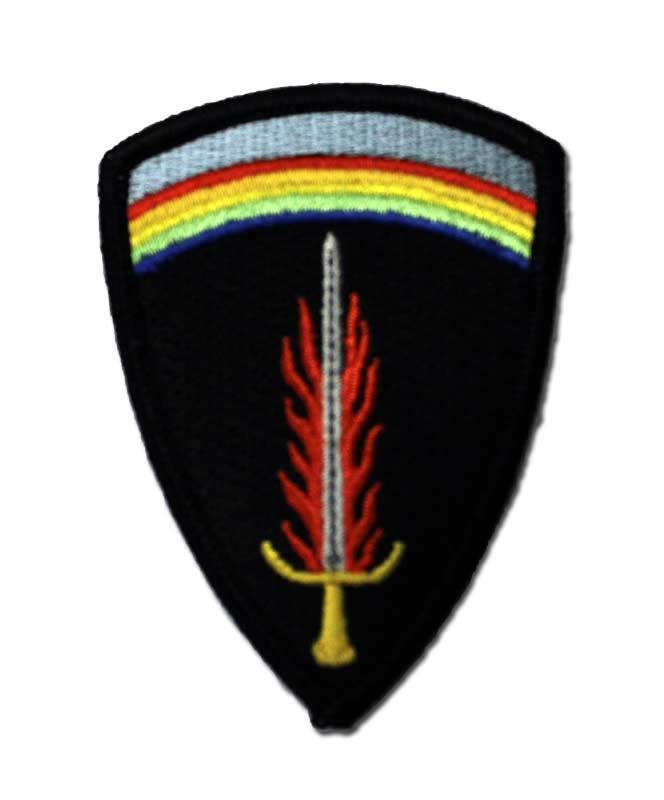
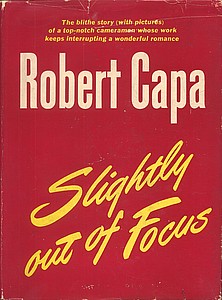
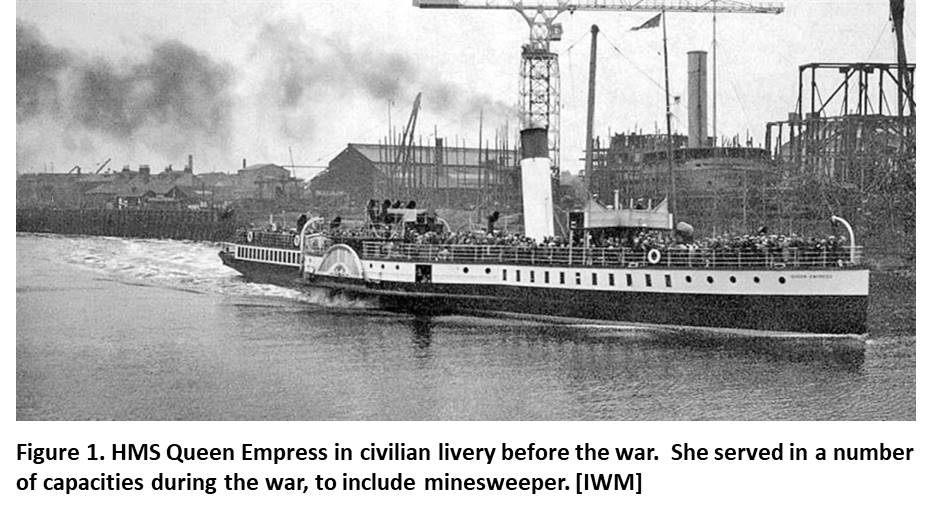
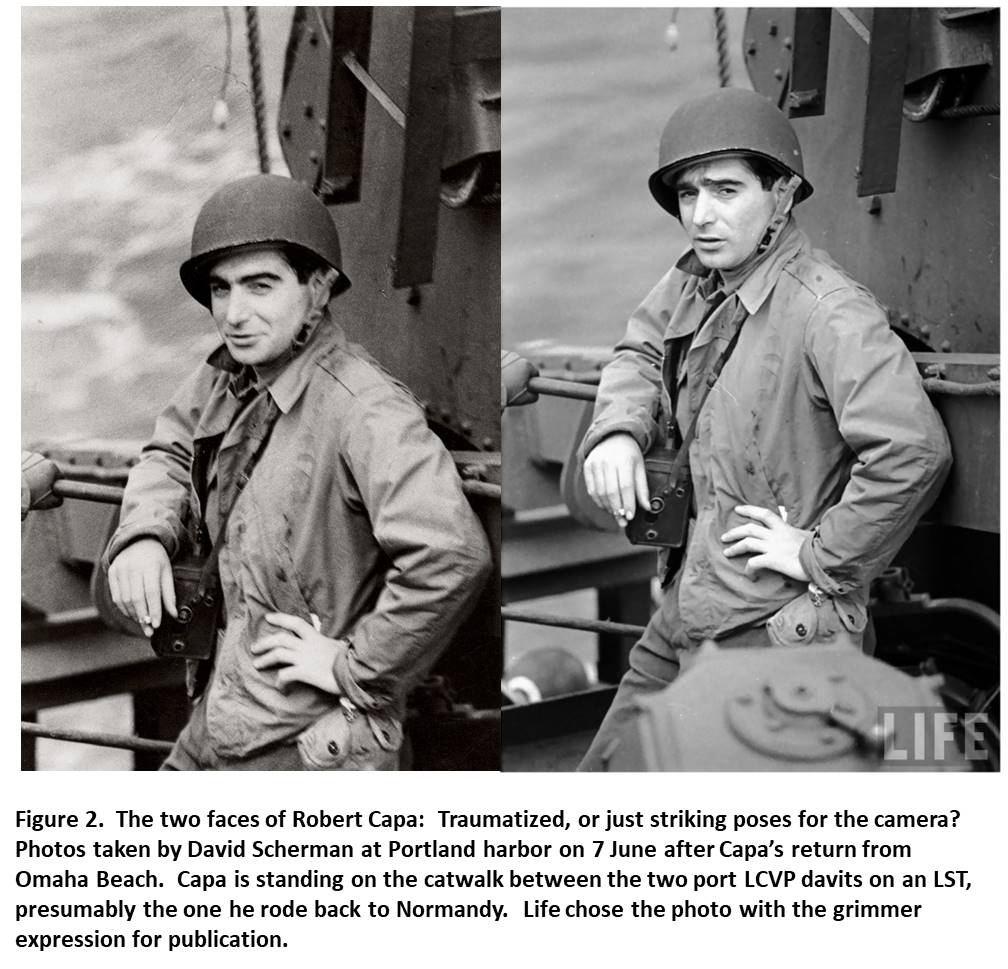




Leave a Comment